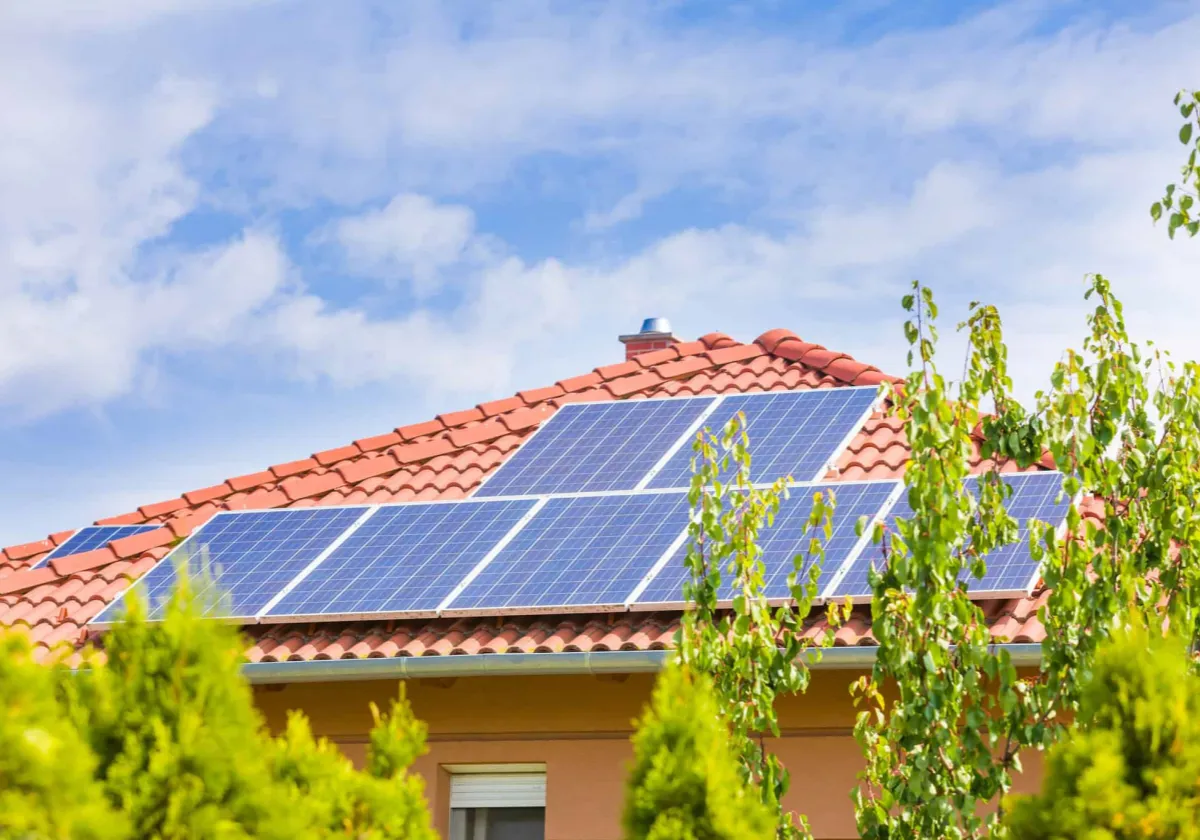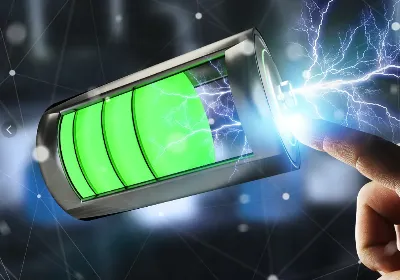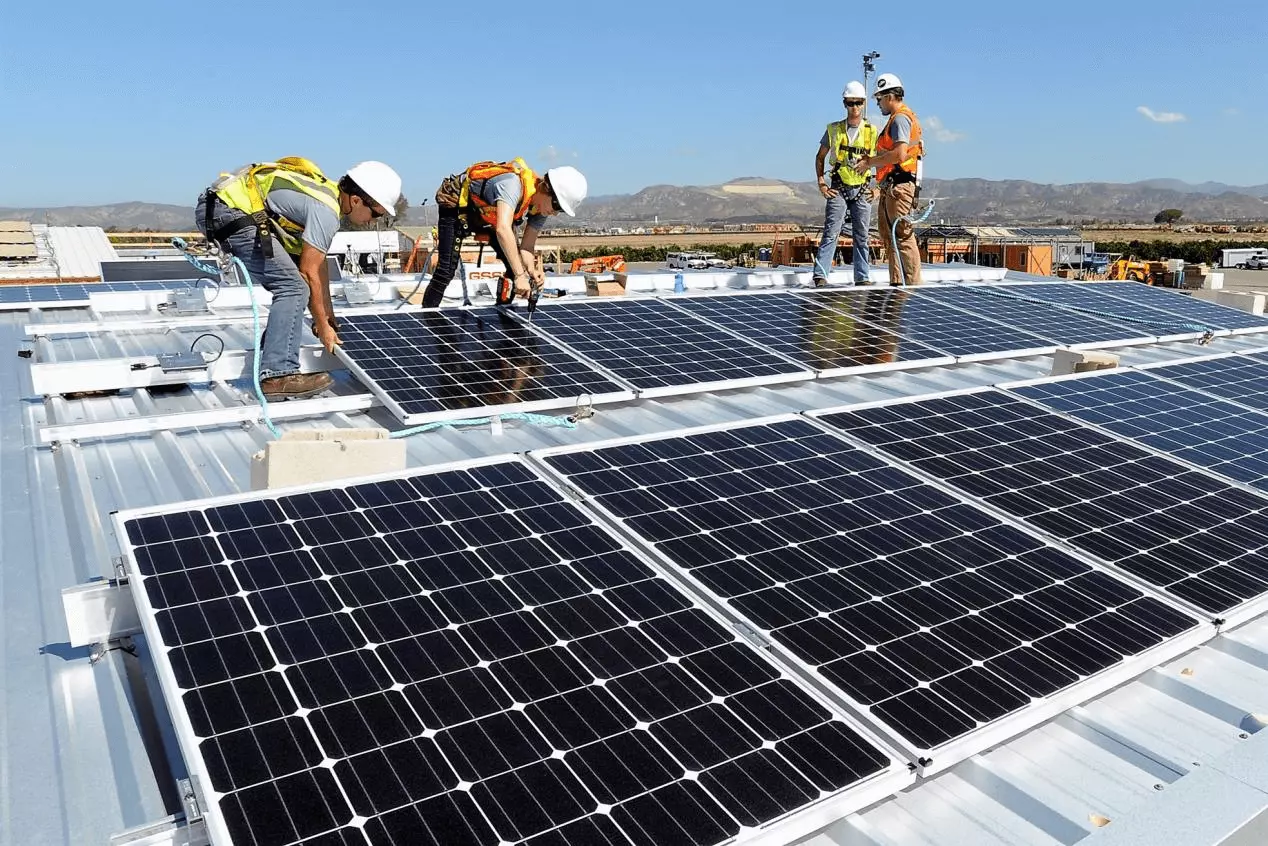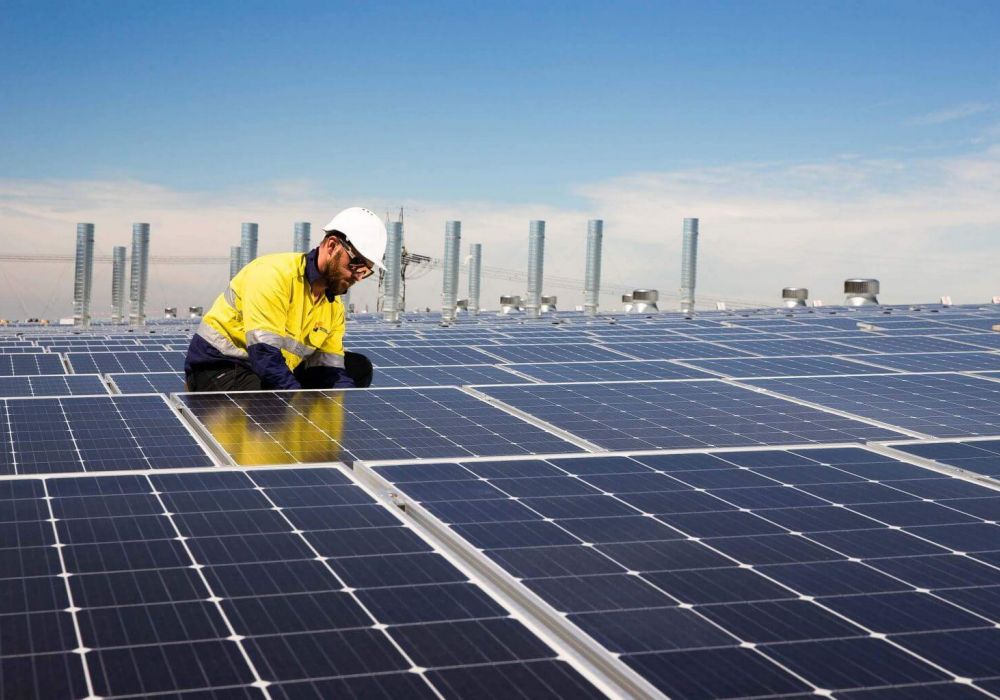How to Choose Photovoltaic Modules for Small Distributed Photovoltaic Power Plants
How to Choose Photovoltaic Modules for Small Distributed Photovoltaic Power Plants
At this stage, distributed photovoltaics usually refer to grid-connected systems, excluding off-grid systems. Benefiting from the rapid development of the industry, the distributed photovoltaic support system has broad application prospects. This article mainly introduces how to choose photovoltaic modules for small distributed photovoltaic power plants.
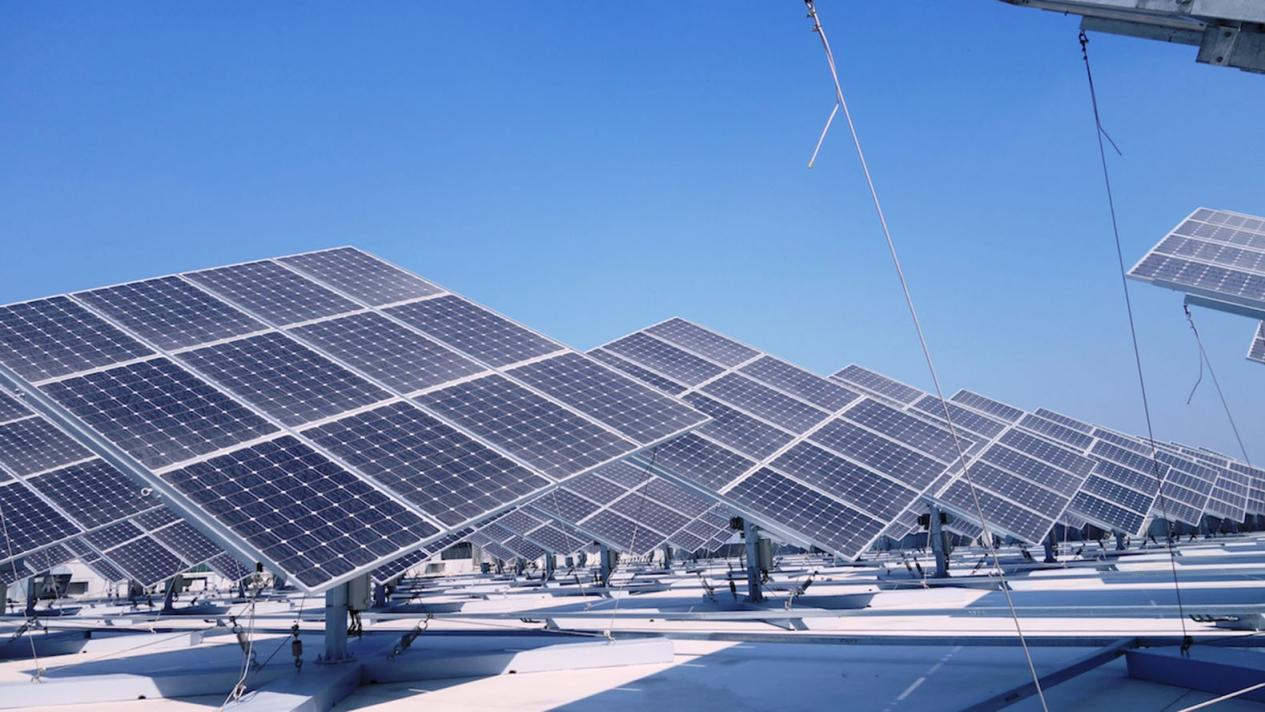
There are three technical routes for photovoltaic modules: monocrystalline silicon, thin film, and polycrystalline silicon. Each technology has its own advantages and disadvantages. Under the same conditions, the efficiency of a photovoltaic system is only related to the benchmark power of the module, and has no direct relationship with the efficiency of the module. At present, the development of component technology is relatively mature, and the quality of component manufacturers of domestic first-tier and second-tier brands is relatively reliable.
Photovoltaic modules are divided into two types: 72 cells and 60 cells. Industrial and commercial distributed photovoltaics generally have the characteristics of difficult installation and small scale. Therefore, it is recommended to use 60 cell modules, which are light in weight and small in size and more convenient to install.
The power generation of polycrystalline and monocrystalline has been debated in recent years, but it is of little significance to ordinary users. The current efficiency of photovoltaic systems is between 75% and 90%. However, the difference between monocrystalline and polycrystalline power generation can not detect the error. Currently, it is within 2%. There are many second-hand components on the market, so special attention should be paid to screening.
In addition, the following aspects need to be paid attention to for component quality:
Check to see if the appearance of the component is complete, whether there are cracks, gaps, nodes, offsets, color differences, etc., and whether there is a leaky seal.
Second, check the junction box on the back of the module to see if there is any irregular wiring.
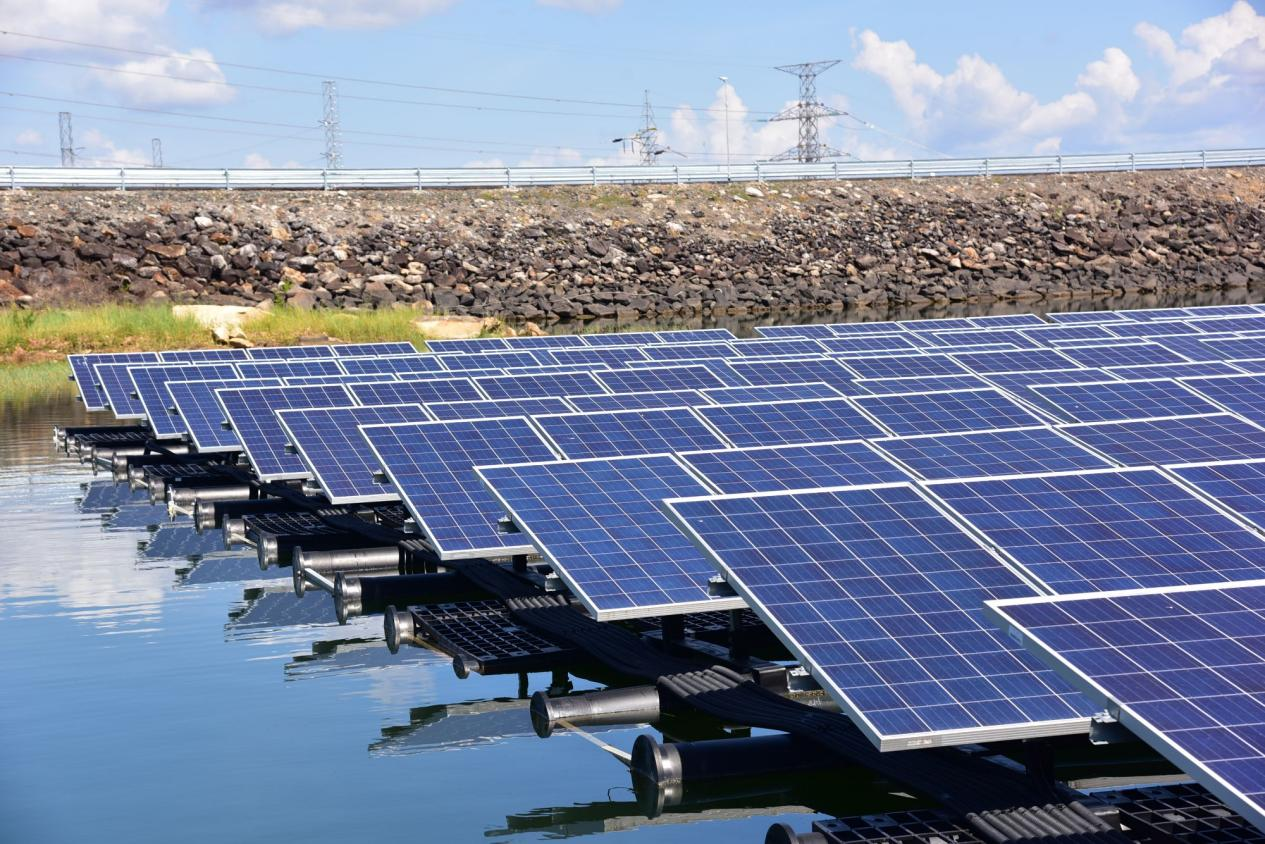
Third, check whether the component brand is produced by a first-class manufacturer, and you can query it based on the serial number.
The above is a detailed introduction to some aspects that should be paid attention to when selecting photovoltaic modules for small distributed photovoltaic power plants. In addition, if users want to install larger-capacity modules, it is recommended to choose high-efficiency monocrystalline modules. Due to different technical routes, single-crystalline modules with the same area are generally 5-10W higher than polycrystalline modules.

